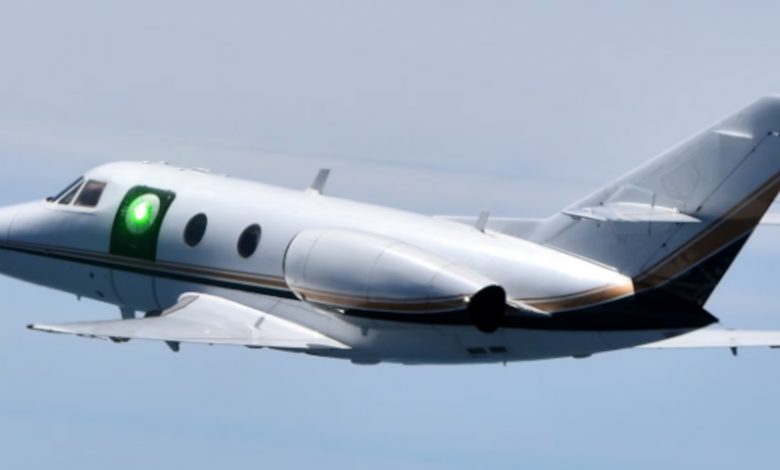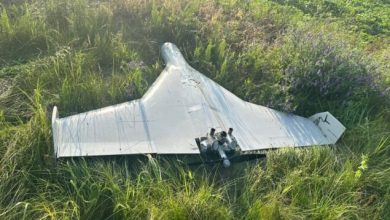Report: US Air Force completes flight tests for new energy laser beam director concept

The US Air Force Research Laboratory (AFRL) has completed flight tests for a new beam director concept that can be integrated with aircraft-based directed energy laser systems.
The Hybrid Aero-Effect Reducing Design with Realistic Optical Components (HARDROC) is a low-power, sub-scale turret deploying a laser beam from an airborne vehicle traveling at high speed.
During the tests, HARDROC was evaluated for various aerodynamic flow control techniques associated with optical and mechanical distortions during energy laser firing.
“Using advanced computational fluid dynamic, or CFD, simulation techniques, we were able to demonstrate significant reduction in aero-effects across a wide range of speeds and look angles,” HARDROC Program CFD Lead Dr. Scott Sherer explained.
“We effectively utilized a substantial amount of computational hours provided by the Department of Defense High Performance Computing Modernization Office to establish which flow-control techniques could work, which techniques were worth pursuing and which were not.”
‘Instrumental’ Data Collected
The HARDROC team comprises experts from the AFRL Aerospace Systems Directorate in Wright-Patterson AFB, Ohio, and the Directed Energy Directorate in Kirtland AFB, New Mexico.
The AFRL is working with the Albuquerque-based High Energy Laser developer MZA Associates on the program.
“Advancing to flight-testing was a huge undertaking and accomplishment of the HARDROC team,” Directed Energy Directorate Aero-Effects and Beam Control Co-Principal Investigator Dr. Matthew Kemnetz stated.
“Data from these flight tests will be instrumental to airborne beam director development efforts moving forward.”
Advancing the Air Force’s Next High-Power Laser
According to the US Air Force, demonstrating the HARDROC aerodynamics modifications with realistic optical components was crucial to employ the system’s overall effectiveness.
“The biggest question in our mind was whether these flow-control techniques could be used with the sensitive optical components required for an advanced directed energy system. HARDROC answered that question with an emphatic yes,” Johnson said.
MZA assisted through this phase to provide AFRL with a sub-scale system that can be tested in a wind tunnel and live aircraft experiments.
The resulting platform was trialed in an environmental chamber and wind tunnel before being deployed on a business jet in 2022.
“The successful flight demonstration of the HARDROC turret clears one of the key remaining technological hurdles for operation of high-power lasers on high-speed aircraft for a variety of Air Force missions,” Aerospace Systems Directorate Technical Advisor Dr. Mike Stanek stated.
“Integration of the low-SWaP (size, weight and power) HARDROC turret would allow less laser power to be lost to aero-effects, thus enabling mission performance compared to other types of integration strategies.”





